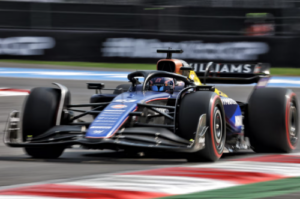Saturday at Michigan International Speedway gave us a NASCAR Cup Series race that was fun to watch, because of the high-downforce package. Sunday, however, gave us the race that I thought we’d see this weekend.
The Consumer Energy 400 featured elements of a typical Michigan race. The field got strung out as a run progressed, passing grew exponentially difficult deep into a run and the leader just pulled away from the field.
Clint Bowyer led the first stage from start to finish, pulling to as big as a three-second lead. Kevin Harvick did the same in the second, pulling to as big as a four-second lead.
The first lead change that didn’t happen on a restart occurred, because Brad Keselowski got loose, hit Ryan Blaney and sent them both into the Turn 2 wall on Lap 96, which gave the lead to Denny Hamlin.
The rest of the lead changes happened either on a restart, which is what the package was designed to do, or on pit road under a caution — aside from the two on-track, non-restart, lead changes between Harvick and Aric Almirola. Whereas Saturday, most of the lead changes happened later in a run, under green.
This scenario has played out over and over, again.
The big wigs in Daytona defend this terrible package, week after week. Even when it’s beyond obvious just how awful it is.
I’ve pointed out the failings of the high-downforce package for over a year and a half now, and I’m running out of ways to say it sucks.
Frankly, I’ve grown tired of constantly pointing this out, week after week.
And I don’t want to. I’d much rather write stories about Bubba Wallace’s ninth-place finish, Saturday, Jimmie Johnson showing flashes of the 83-race winner that he is, in his farewell season and the implementation of the Choose Rule.
But I can’t, when garbage race after garbage race permeates the schedule, and the common denominator is the aero package.
At the very least, however, it was mercifully short.
That’s my view, for what it’s worth.






